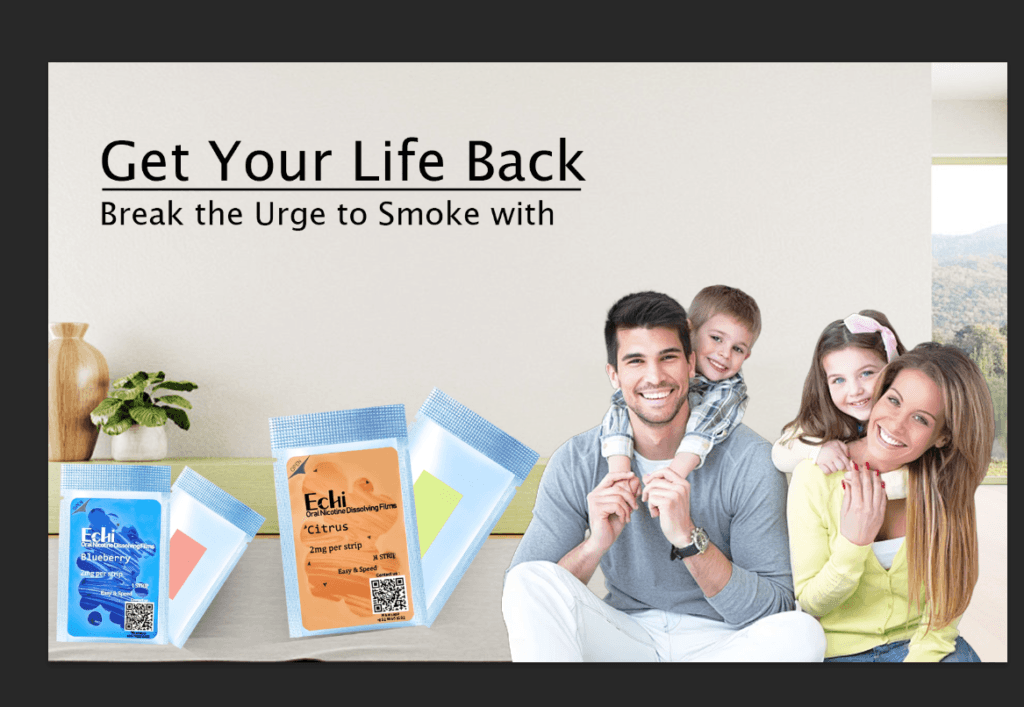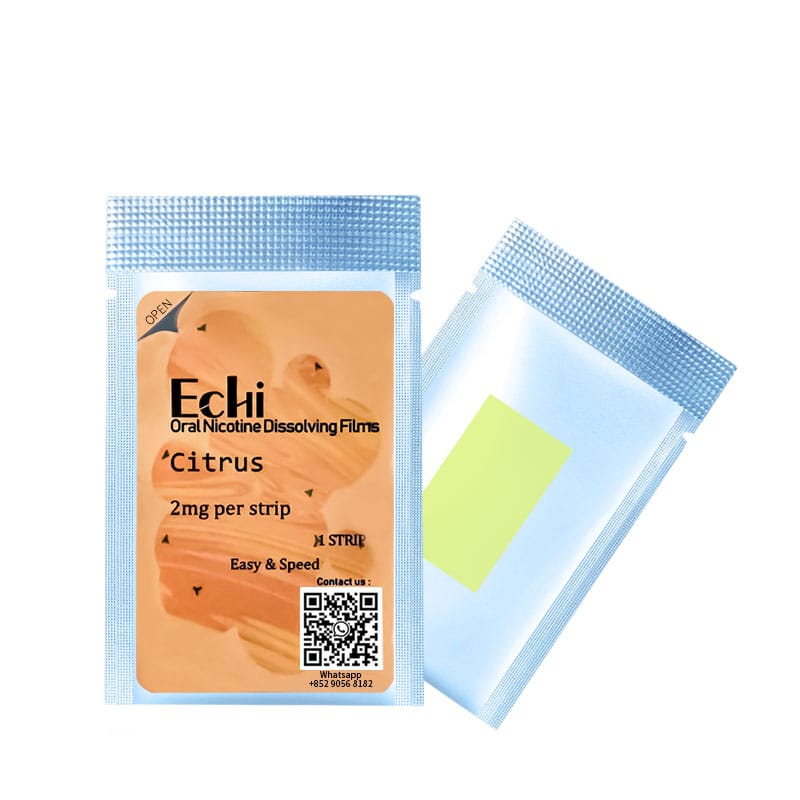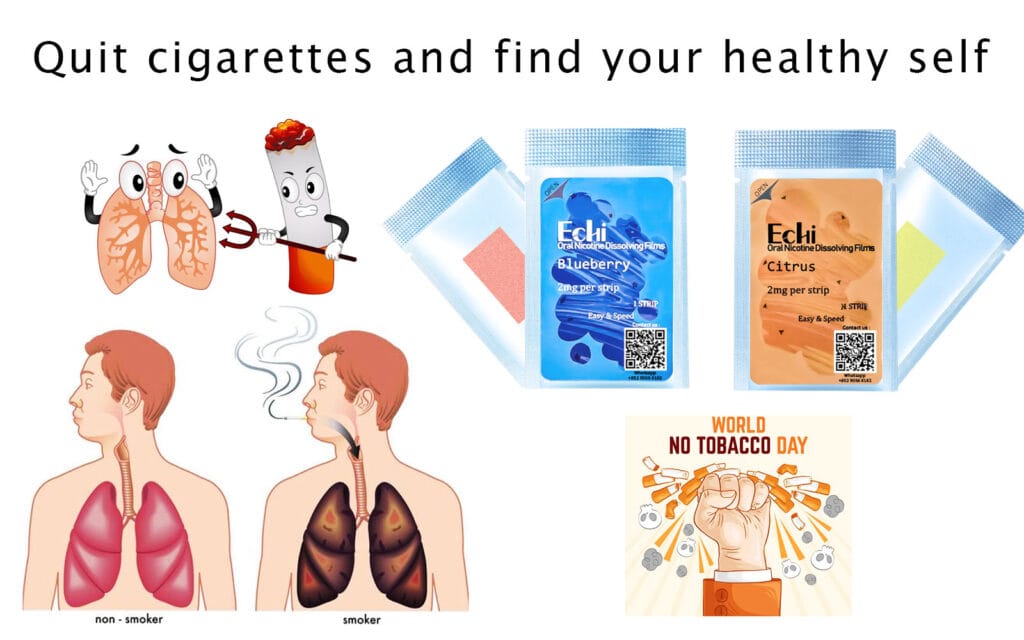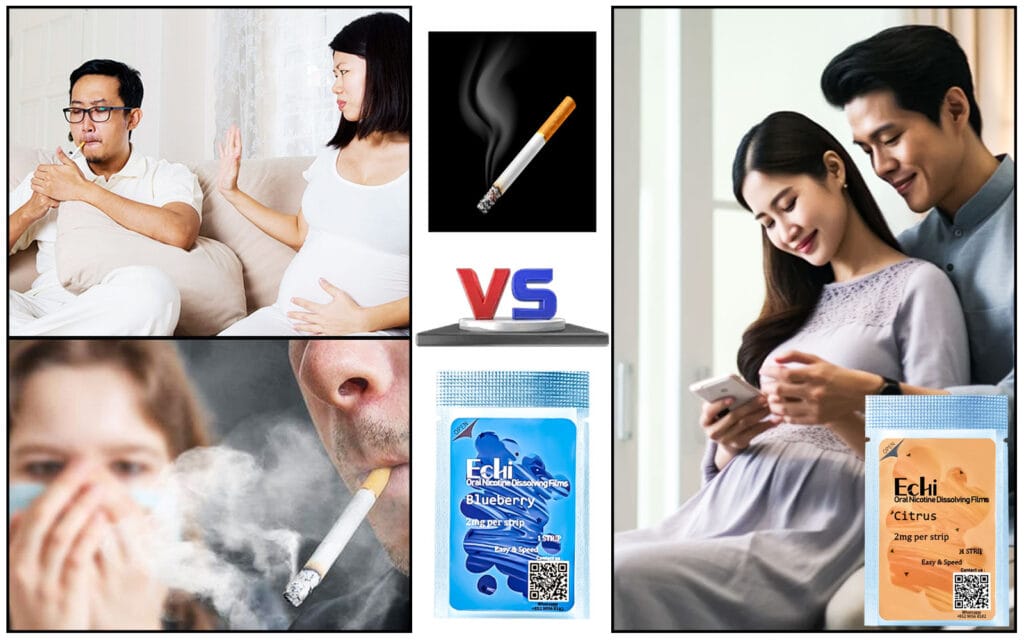Secondhand smoke is a significant health hazard, leading to more than 19,000 deaths in the United States each year. It’s a toxic mixture of chemicals that can cause or exacerbate numerous health issues in both children and adults, including lung cancer, respiratory infections, and asthma. Understanding the dangers of secondhand smoke and how to reduce exposure can help protect yourself and others from its harmful effects.
Key Facts About Secondhand Smoke
Secondhand smoke occurs when people breathe in the smoke exhaled by someone who is smoking or using other tobacco products.1 Unlike the misconception that there is a “safe” level of exposure, **even brief encounters with secondhand smoke can cause serious health problems.**2
- Heart Disease and Stroke: Secondhand smoke exposure can lead to coronary heart disease, stroke, and lung cancer in adults who do not smoke or use tobacco products.3
- Cancer Risks: It’s also linked to cancers of the lungs, larynx (voice box), nasopharynx (part of the throat), nasal sinuses, and even breast cancer.2
- Increased Lung Cancer Risk: Adults exposed to secondhand smoke are 20%-30% more likely to develop lung cancer. Each year, more than 7,300 nonsmokers die from lung cancer due to secondhand smoke exposure.3
- Cell Damage: Even brief exposure can damage cells in the body, which sets the stage for the development of lung cancer. The longer and more intense the exposure, the greater the risk.3
- Disparities in Exposure: Secondhand smoke exposure is more than 2 times greater among Black adults compared to white and Mexican American adults.5
Secondhand Smoke in the Workplace and at Home
Many people are exposed to secondhand smoke at home or work, and it can also be present in public places like bars, restaurants, or casinos. To protect individuals in these environments, several measures can be taken:
- Workplace Protection: The Surgeon General emphasizes that smoke- and tobacco-free policies in workplaces are critical to reducing exposure.2
- Federal Recommendations: Agencies like the Occupational Safety and Health Administration (OSHA) and the National Institute for Occupational Safety and Health (NIOSH) recognize there are no safe levels of secondhand smoke and recommend reducing exposure to the lowest possible levels.2
- Economic Impact: Secondhand smoke exposure leads to a $7.2 billion economic loss in productivity every year.4
- Multiunit Housing: People living in multiunit housing that is not smoke-free are at an increased risk of exposure.1
Making a home smoke-free is one of the best ways to protect your health and the health of those around you, including children, neighbors, and even pets.
Secondhand Smoke and Children
Secondhand smoke is especially harmful to children because their bodies are still developing. Children exposed to secondhand smoke are at a significantly higher risk for a variety of health issues:
- Sudden Infant Death Syndrome (SIDS): Exposure to secondhand smoke increases the risk of SIDS.1
- Respiratory Issues: Children are more likely to develop acute respiratory infections, middle ear disease, severe asthma, and lung growth issues.1
- Wheezing and Coughing: Children exposed to secondhand smoke experience more frequent episodes of wheezing, coughing, and shortness of breath.3
- Asthma: Secondhand smoke can trigger asthma attacks and cause them to be more frequent and severe in children.3
Reducing the Risks of Secondhand Smoke
The best way to reduce exposure to secondhand smoke is to quit smoking or avoid environments where smoking occurs. For those looking for alternatives to smoking, switching to nicotine products like Nicotine Pouches or Nicotine Strips can be a safer choice. These products provide nicotine without the harmful effects of tobacco smoke. They are smoke-free, discreet, and significantly reduce the health risks associated with secondhand smoke.
At Echi, we offer a wide range of Nicotine Pouches and Nicotine Strips designed to provide a healthier alternative to smoking. Visit us at Echi to explore our products and find the right nicotine alternative for you.
If you’re ready to make a change or need advice on quitting smoking, feel free to reach out via WhatsApp at +852-90568182 for support.
Conclusion
Secondhand smoke is a dangerous and preventable health risk. By reducing exposure, particularly in homes, workplaces, and public spaces, we can protect ourselves and others from its harmful effects. Making the switch to Nicotine Pouches or Nicotine Strips can also help reduce the risk of exposure and provide a healthier alternative for those looking to quit smoking.
FAQ
Q1: What are the effects of secondhand smoke on children?
Children exposed to secondhand smoke are at an increased risk for respiratory issues, asthma, and sudden infant death syndrome (SIDS). It can also hinder their lung growth and cause more frequent and severe asthma attacks.
Q2: How can I avoid secondhand smoke?
The best way to avoid secondhand smoke is by living in smoke-free environments, such as smoke-free homes and workplaces. If you are a smoker, quitting smoking or switching to safer alternatives like Nicotine Pouches or Nicotine Strips can also reduce the exposure.
Q3: Where can I find safer alternatives to smoking?
You can explore our range of Nicotine Pouches and Nicotine Strips at Echi, or contact us via WhatsApp at +852-90568182 for guidance on choosing the best alternatives to smoking.







